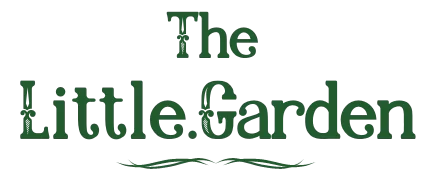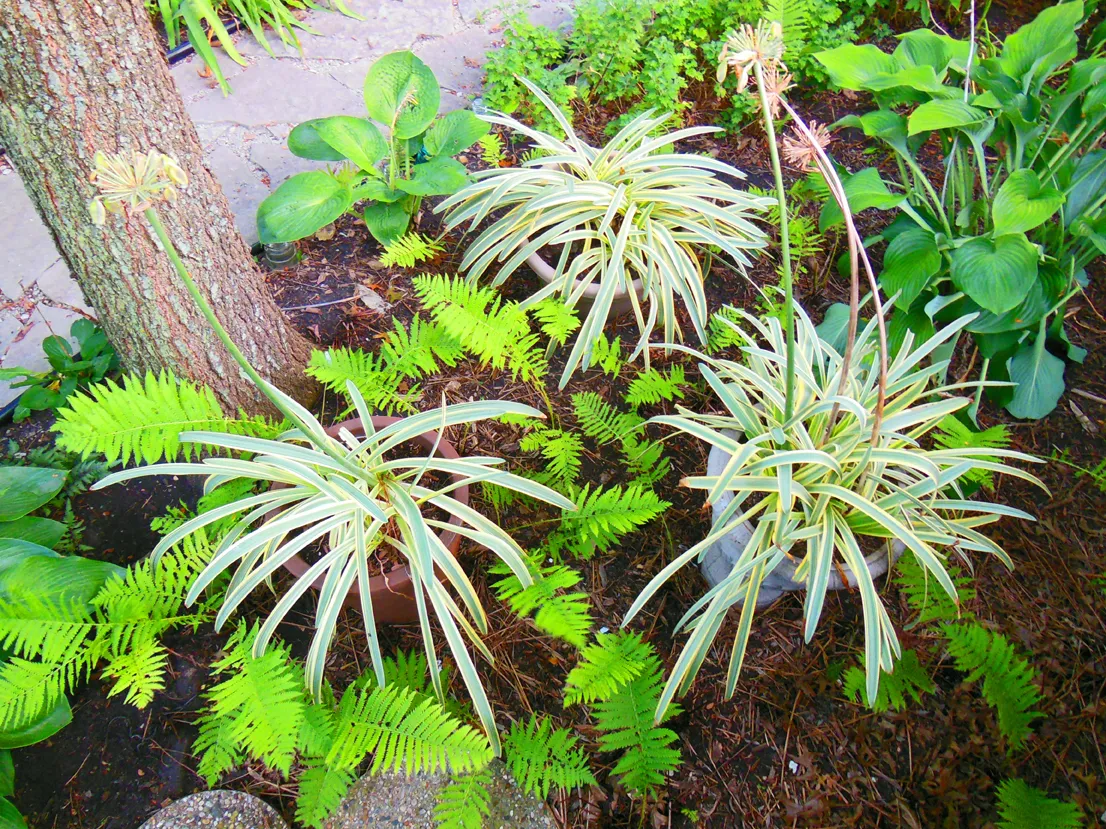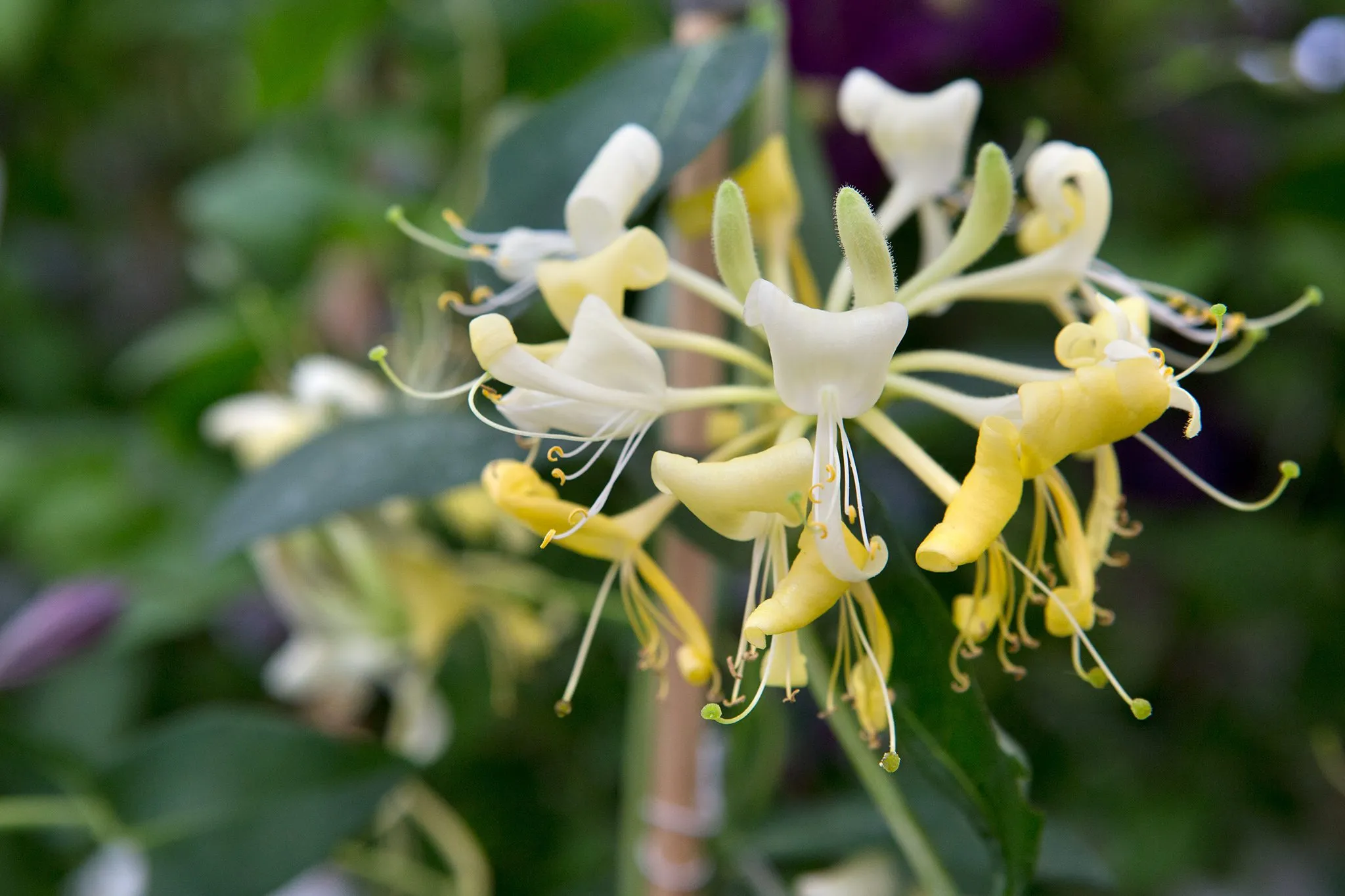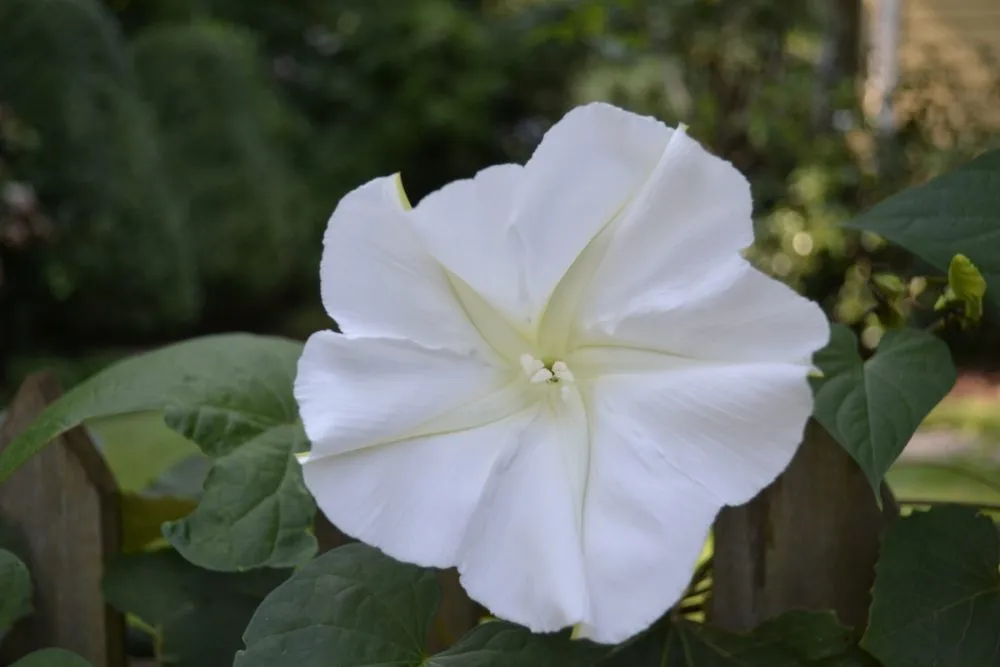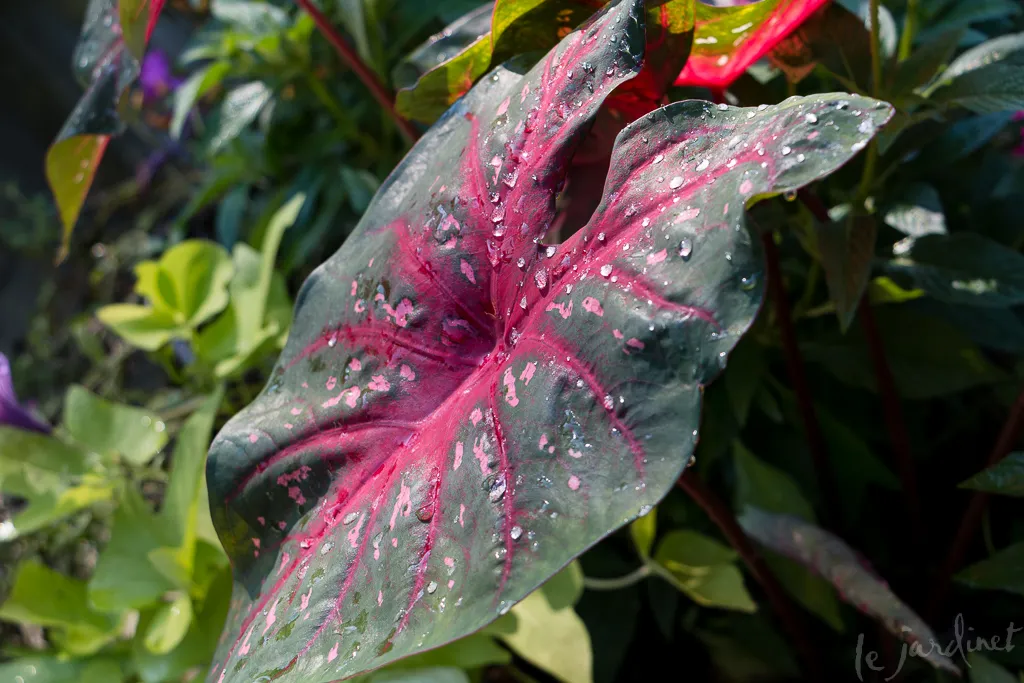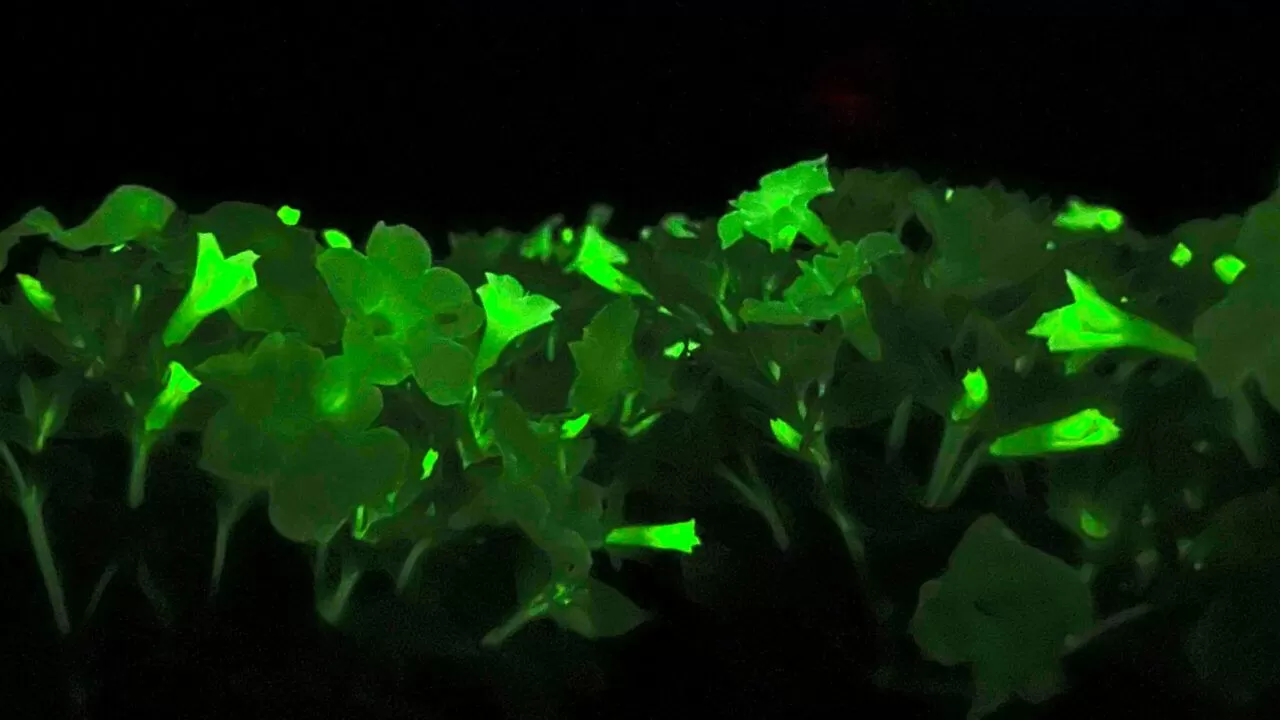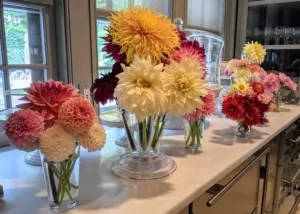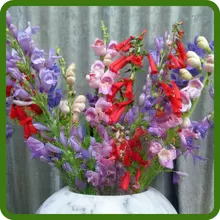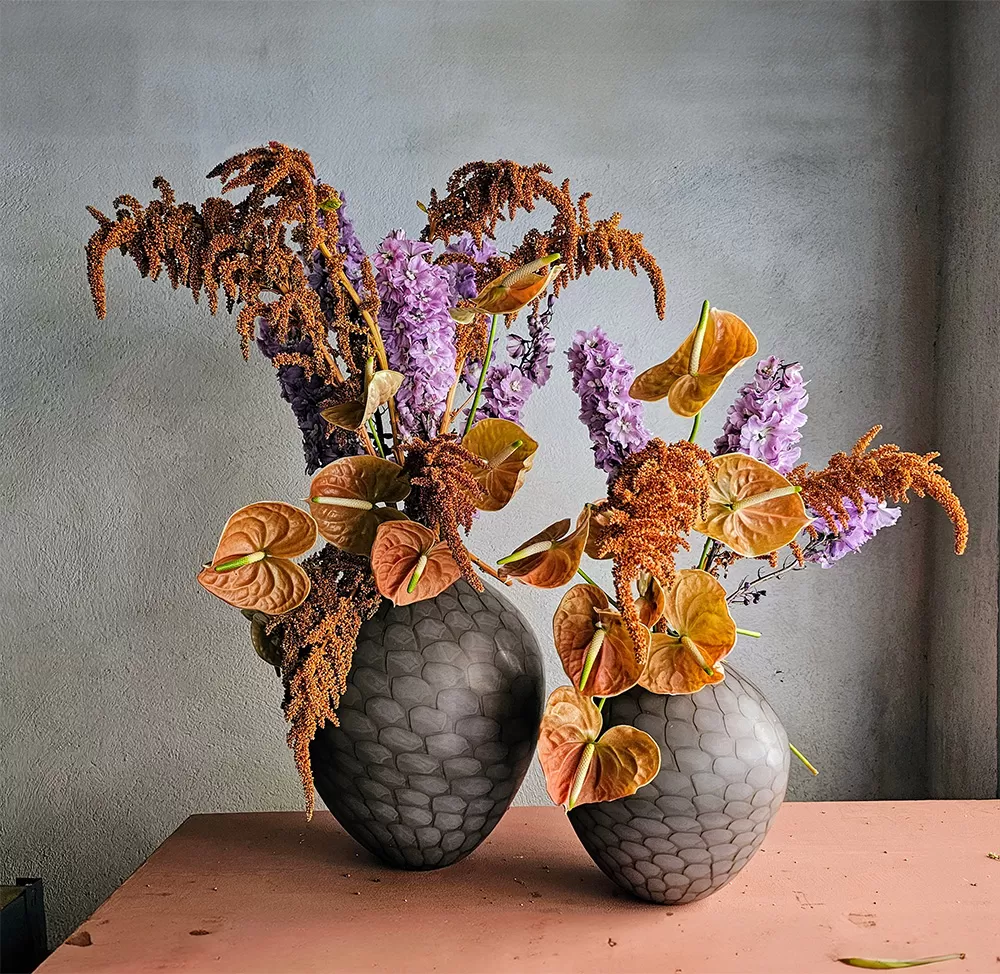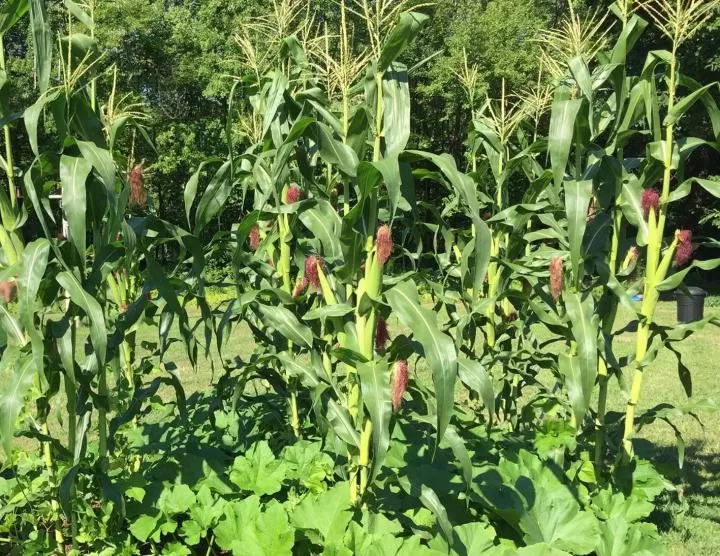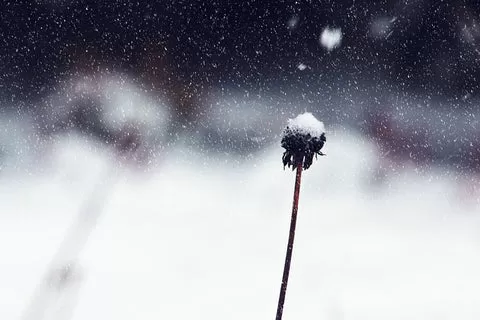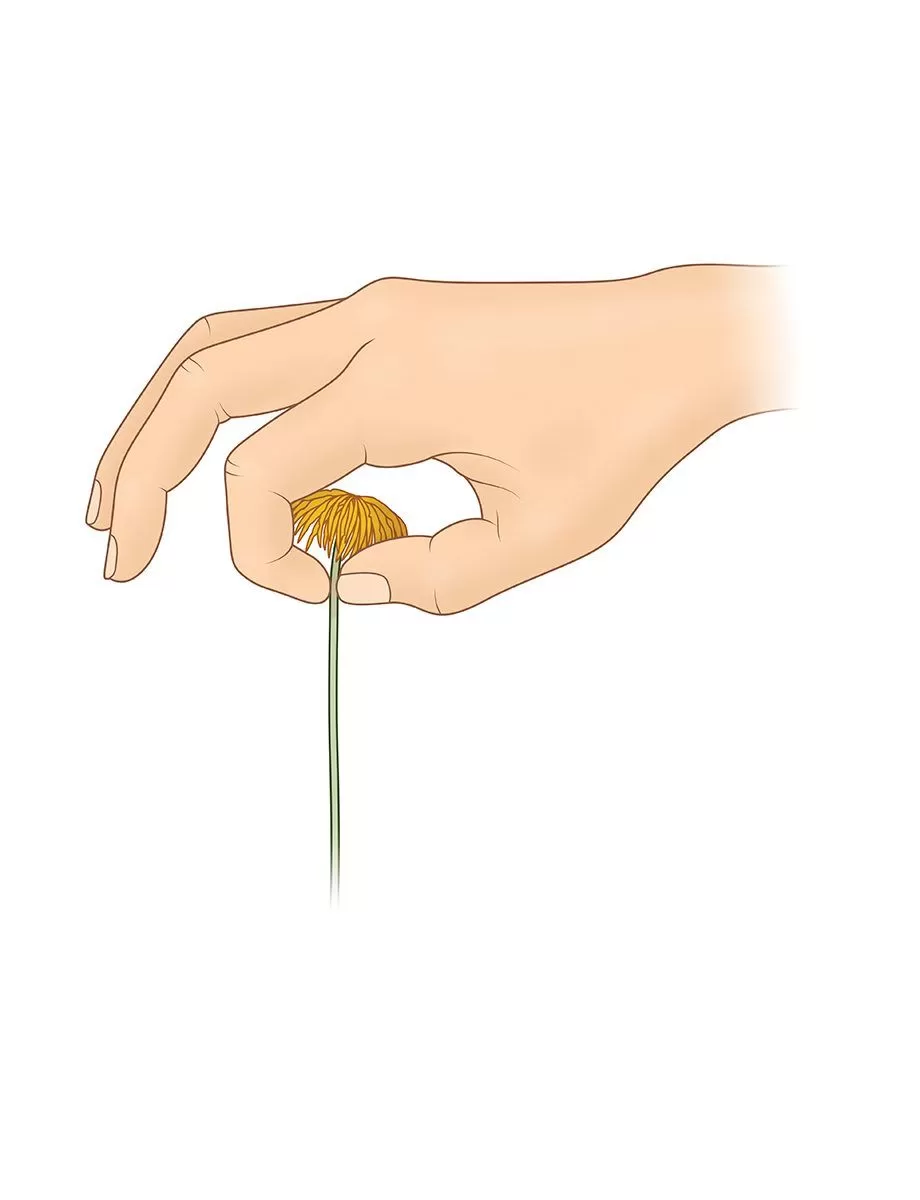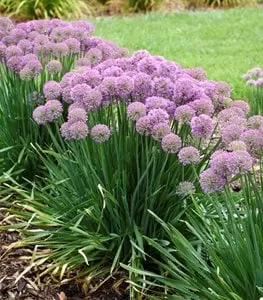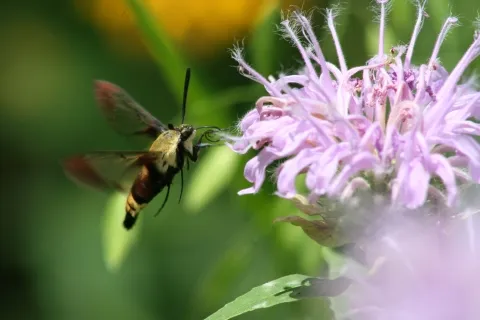- Create a welcoming habitat by choosing plants pollinators love.
- Native plants are key – they share a deep connection with local wildlife.
- Diversity in flower types ensures food for many different pollinators.
- Think beyond nectar; host plants are essential for butterfly and moth larvae.
- Simple gardening practices can make a big difference for overwintering insects.
Imagine your garden alive with the gentle hum of bees, the delicate flutter of butterflies, and the swift dart of hummingbirds. These aren’t just beautiful visitors; pollinators are vital to the health of our ecosystems and even our food supply. Building a pollinator-friendly garden is one of the most rewarding things you can do as a gardener. It’s easier than you might think, and the rewards are immense – a vibrant, dynamic space brimming with life and color. Let’s explore how you can transform your patch into a haven for these essential creatures.
Contents
- Building Your Pollinator Haven: Key Principles
- Embrace Native Plants
- Design for Diversity: A Feast for All
- The Hybrid Hustle: Stick to the Classics
- The Seasonal Symphony: Blooms from Spring to Fall
- Plant Power in Numbers: Drifts Attract
- Rethink Ground Cover: Plant Densely, Skip the Fabric
- Winter’s Rest: Delay Fall Cleanup
- Nurturing Future Generations: Host Plants Are Key
- Key Host Plant Examples
- Finding Host Plant Information
- Where to Find Your Native Plant Treasures
- Cultivate More Than Just Plants
Building Your Pollinator Haven: Key Principles
Creating a garden that pollinators adore involves a few simple, yet powerful, choices. It’s about working with nature, not against it, and providing what these amazing insects and birds truly need to survive and thrive.
Embrace Native Plants
This is perhaps the golden rule of pollinator-friendly gardens. Native plants have evolved alongside local pollinators for millennia. They offer precisely the right kind of nectar, pollen, and structure that native bees, butterflies, and other insects recognize and rely on. By choosing plants that are native to your specific region, you ensure they are perfectly adapted to the local climate and soil conditions. This means they’ll flourish with minimal intervention – less watering, no need for fertilizers, and naturally resistant to many local pests, reducing your reliance on harmful pesticides. Match your plant selection to your site’s sun, soil, and moisture conditions for the best success.
Design for Diversity: A Feast for All
Think of your garden as a buffet. Different pollinators have different needs and different ways of accessing food. Some have long proboscises for deep tubular flowers, others prefer flat landing pads, and still others need easy access to exposed pollen. To cater to everyone, plant a wide variety of flowers offering a range of shapes, sizes, and colors.
While generalist pollinators can feed from many types of flowers, some are specialists, requiring specific plants. A truly great pollinator-friendly garden provides for both. Consider plants with large, compound flower heads, like coneflowers (often confused with Joe Pyes, which have similar flower structures), goldenrods, or milkweeds. These dense clusters of small flowers are magnets for a diverse array of insects, making your garden a bustling hub.
 Close-up of tiny yellow flowers densely packed on a plant stem, buzzing with several bees gathering nectar and pollen
Close-up of tiny yellow flowers densely packed on a plant stem, buzzing with several bees gathering nectar and pollen
The Hybrid Hustle: Stick to the Classics
Modern plant breeding often focuses on characteristics appealing to humans – larger blooms, unique colors, or sterile flowers that last longer. Unfortunately, this can sometimes come at the expense of what pollinators need. Many complex hybrids have significantly reduced nectar and pollen production, or their intricate petals make it impossible for insects to reach the resources within. When selecting annuals or even perennials, lean towards older, open-pollinated, or heirloom varieties that are known pollen and nectar producers. Simple, single flowers are often the most effective.
The Seasonal Symphony: Blooms from Spring to Fall
Pollinators are active throughout the growing season, but different species emerge and are active at different times. Some early risers need food as soon as spring arrives, while late-season visitors stock up for migration or overwintering. To support them all, aim to have something blooming in your garden from the earliest spring thaw right through to the first hard frost in late fall. Plan your plantings so that blooming times overlap, ensuring there’s never a gap in the food supply.
Plant Power in Numbers: Drifts Attract
Pollinators are busy creatures, always looking for the most efficient food source. Planting flowers in drifts or groups of the same species makes them much easier for pollinators to spot from a distance. Instead of scattering single plants, aim to plant clusters of at least three or more of one kind. If you have space, even larger groupings create a stronger visual signal and a more enticing target for foraging bees and butterflies.
Rethink Ground Cover: Plant Densely, Skip the Fabric
While mulch and landscape fabric are often used for weed suppression, they don’t offer any benefits to pollinators and can even hinder ground-nesting bees. Instead, consider planting your garden beds more densely. By selecting plants of varying heights and forms and planting them closer together, they will grow to form a natural canopy that shades out weeds effectively. This approach also allows you to fit more bloom-producing plants into your space, providing an even richer food source for your garden visitors.
Winter’s Rest: Delay Fall Cleanup
It’s tempting to tidy up the garden completely in the fall, but leaving spent perennial stalks and leaf litter provides critical overwintering habitat for many pollinators. Some species tuck their eggs or pupae into hollow stems, while others hide among fallen leaves or attach themselves to plant debris. Resist the urge to cut everything back until early spring (think April in many climates). Leaving leaves in garden beds (as opposed to the lawn) also protects plant roots and improves soil health. Your slightly “messy” fall garden is a vital sanctuary during the cold months.
Nurturing Future Generations: Host Plants Are Key
While nectar provides energy for adult pollinators, we can’t have butterflies and moths without plants for their young! Larval host plants are specific plants that caterpillars need to eat to grow and develop. Without these food sources, the butterfly and moth life cycle is broken. Many butterfly and moth caterpillars are highly specialized and can only eat one or two types of plants, often native trees, shrubs, or perennials.
Key Host Plant Examples
- Monarch caterpillars famously feed only on milkweed (Asclepias species).
- Spicebush Swallowtail caterpillars primarily rely on spicebush (Lindera benzoin) and sassafras (Sassafras albidum).
- Black Swallowtail caterpillars depend on plants in the parsley family (Apiaceae), including native species like Zizia (Golden Alexander) and non-natives like dill, parsley, and fennel.
 Distinctive black, white, and yellow striped Monarch caterpillar munching on the edge of a green milkweed leaf
Distinctive black, white, and yellow striped Monarch caterpillar munching on the edge of a green milkweed leaf
 Bright green Spicebush swallowtail caterpillar with false eyespots resting on a green leaf, actively feeding
Bright green Spicebush swallowtail caterpillar with false eyespots resting on a green leaf, actively feeding
If you see caterpillars munching on these host plants, don’t panic about the holes in the leaves! This is exactly what you want to happen. It means your garden is successfully supporting the next generation of pollinators.
 Green and black Black swallowtail caterpillar with orange markings on a vibrant green leafy Zizia plant, a host plant
Green and black Black swallowtail caterpillar with orange markings on a vibrant green leafy Zizia plant, a host plant
Finding Host Plant Information
Numerous resources are available online and through local gardening groups that list host plants for various butterfly and moth species native to your area. Dr. Douglas Tallamy’s work, particularly the resources associated with his book “Bringing Nature Home” (http://www.bringingnaturehome.net), provides excellent lists of plants that support the highest numbers of butterflies and moths.
Where to Find Your Native Plant Treasures
Because much of the plant material available in conventional garden centers originates from Europe and Asia, finding native species, especially specific native host plants, might require a little extra effort. Don’t be discouraged! Many specialized native plant nurseries are popping up, or you can seek out plant sales hosted by local native plant societies or conservation organizations. Your local extension offices or university master gardener programs can also often provide resource lists for where to purchase native plants in your area.
Cultivate More Than Just Plants
Creating a pollinator-friendly garden is an incredibly rewarding journey. By making conscious choices about the plants you select and the way you care for your garden, you provide vital resources for bees, butterflies, moths, hummingbirds, and countless other beneficial insects. You’re not just growing plants; you’re cultivating a miniature ecosystem, a vibrant slice of nature that brings beauty and life right to your doorstep.
Ready to make your garden a pollinator paradise? Start with one or two steps today and watch the magic unfold!
What are your favorite plants for attracting pollinators? Share your experiences and tips in the comments below! Want to learn more about specific native plants or garden design ideas? Explore other articles on TheLittle.Garden!
